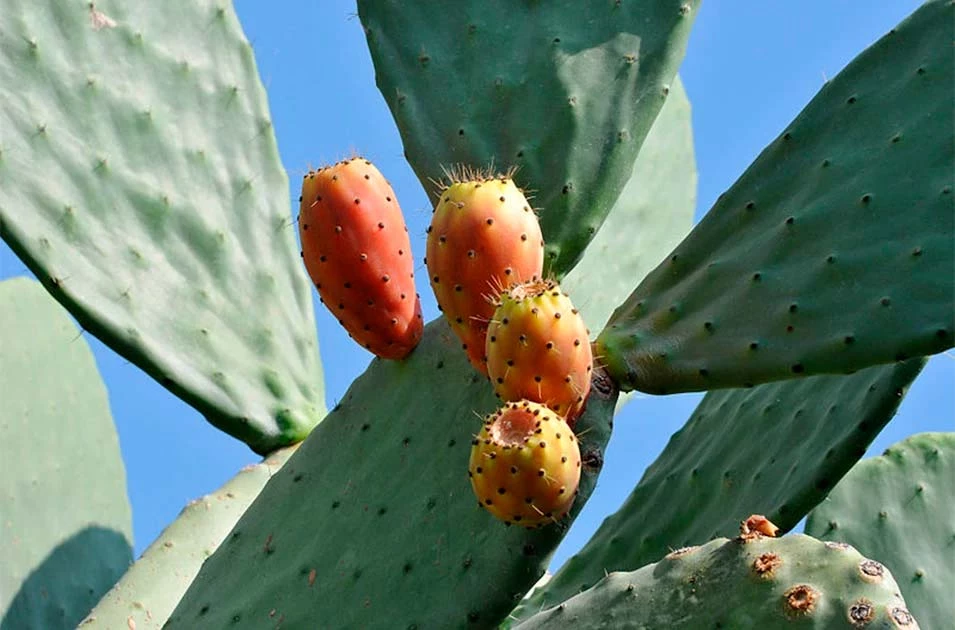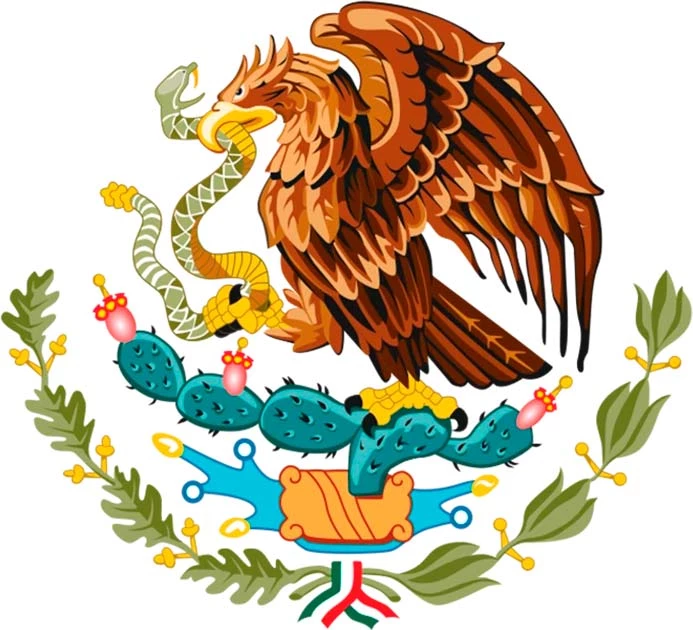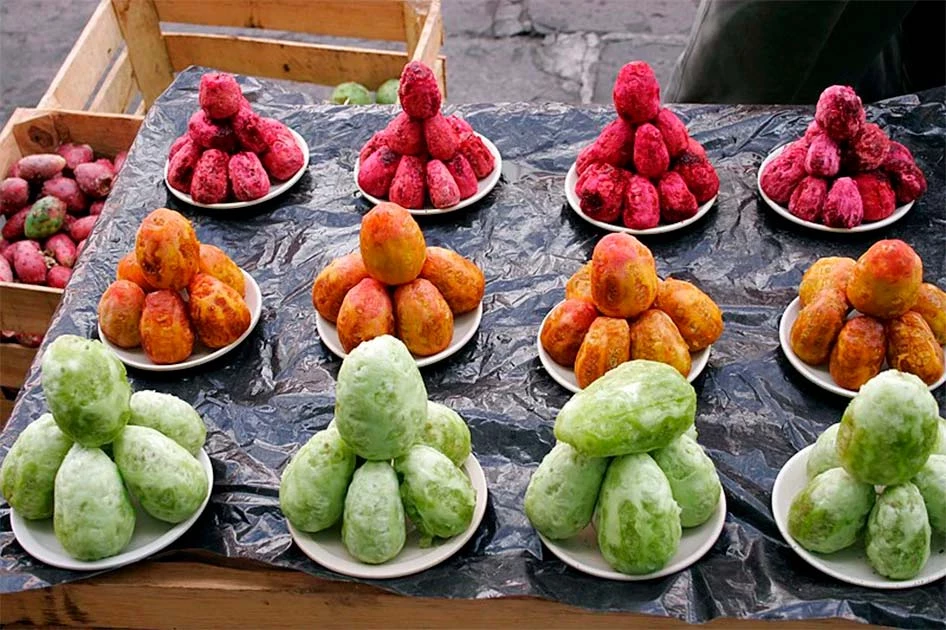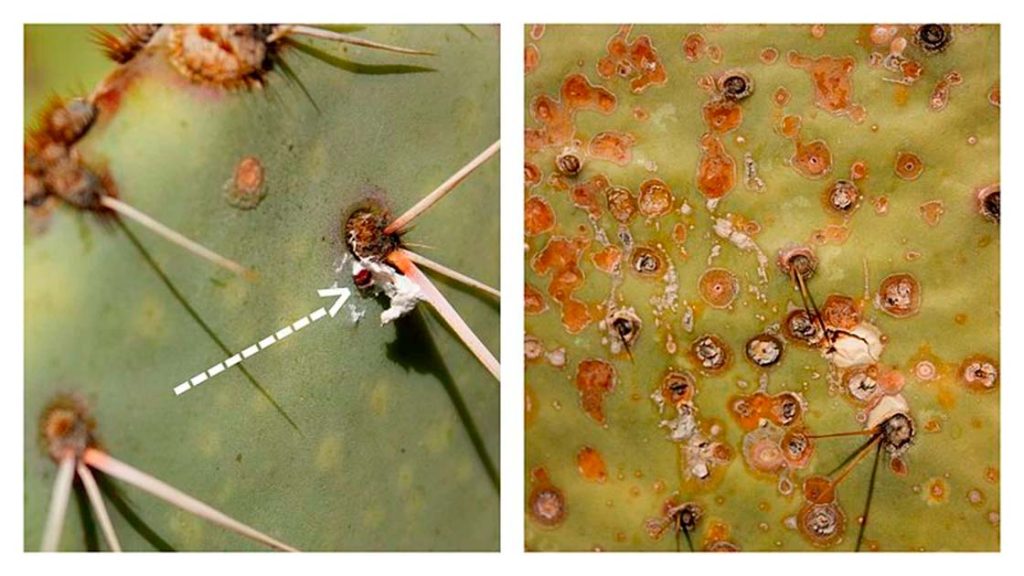Some of the most popular house plants are succulents. Succulents are easy to care for, and because they store water in their roots, stems, and leaves, they are very low-maintenance plants.
Around 60 different plant families include succulent species and can be found in different countries and environments across the globe. One type, probably the most famous of succulents, are the cacti.
These hearty plants have many diverse uses, such as natural fencing materials, fodder for cattle and livestock, and cosmetics for centuries. One of the most well-known and easily recognized kinds of cacti is the prickly pear.
And it seems our ancestors had all sorts of uses for this unassuming plant.
The Prickly Pear
Opuntia, commonly known as the prickly pear, is a genus of flowering cacti in the family Cactaceae. The prickly pear may also be called the Indian fig opuntia, nopal cactus, sabra, and tuna (used to refer to the fruit).
The most common species that is used for culinary purposes is O. ficus-indica, or the Indian fig opuntia. The Indian fig opuntia has been described as a large “trunk-forming, segmented cactus that may grow to a height of 16-23 feet (5-7 meters) and the crown can grow to over 10 feet (3 meters) with a trunk that can reach a diameter of 1 yard (1 meter).”

The large paddles are usually blue-green or green in color, and vary quite a bit. Some are covered in several spines that may be up to 1 inch (2.5 cm) long, others are entirely spineless. The pads also contain small hairlike prickles known as glochids that stick to skin and hair and detach from the plant.
The prickly pear is known to bloom in the summer and produce yellow or pink flowers. These flowers are large, solitary, and bisexual. This genus of cactus plants is unique because they are only native to the Americas.
Prickly pears can be found in abundance in the western and central regions of Mexico and across the United States in a large variety of environments. Prickly pears in the US are native to many drought-prone, semiarid, and arid regions in the country’s Western and South Central areas.
You can find prickly pears in coastal scrub on the East Coast from Florida all the way up the country to southern Connecticut, in the Great Plains, and the lower elevation areas of the Rocky Mountains. Humans have brought prickly pears over to new locations where they are not natively found, including The Galapagos Islands, Brazil, Northern Africa, Algeria, Spain, Tunisia, Malta, and more. This introduction of prickly pears has led to its becoming an invasive species in Southern Africa, Ethiopia, Hawaii, and Australia.
Historic Use
Prickly pears have been used throughout history for everything from food to architecture and folk/traditional medicines. The Aztecs had a special relationship with the prickly pear, which was the origin of the name of their capital city of Tenochtitlán.
- Blessed are the Cheesemakers: Was Jesus a Vegetarian?
- Phuket Vegetarian Festival: Good Food and Facial Violence
Tenochtli means “Stone Prickly Pear” and this plant plays a role in the mythology behind the formation of the city. According to Aztec mythology, a prophecy was given to the tribe from one of their principal deities Huitzilopochtli.
After Huitzilopochtli kills another Aztec god known as Cópil, he buries the heart of Cópil in reeds; Huitzilopochtl orders the tribe to “go and seek a wild prickly pear cactus: there you will see an eagle perched serenely. There it eats [some translations mention the eagle eating a snake], there it preens its feathers and our heart shall be glad at this: There lies the heart of Cópil that you threw where the water turns and turns!… That wild prickly pear cactus has sprung up from the heart of Cópil!”

The Aztec people wandered for 100 years before they finally found the prophesied eagle on a cactus and made that place their permanent place of living.
The Aztecs used the juice of the prickly pear as a natural form of glue used in constructing their temples. The cactus leaves would be cut and soaked in water overnight; the next day, the leaves would be sticky.
Mixing the leaves together in a mortar produces a robust glue-like substance. The Aztecs would use rocks composed of volcanic ash and a form of construction known as “hueso” in which each rock was placed and positioned in such a way that each rock helped the others remain in place. To decorate these temples, decorative pieces of limestone were attached to the walls and steps using this prickly pear-derived glue.
The people of Mexico would utilize the juices from the prickly pears to lubricate the wheels of carts to prevent the wheels from “burning from excessive movement.” Before the development of modern medicine, both the Aztecs and later peoples of Mexico would use the pulp of the prickly pear to aid in the coagulation of blood for open wounds.
The juice was used for healing open wounds as well. The prickly pear was used in folk medicine to reduce inflammation, treat urinary tract infections, and to soothe acid caused by digestion. The juice was also applied to burns and drank in order to treat hepatitis.

The ancient peoples of the Americas also ate prickly pears. For example, the Tequesta tribe of Native Americans from Florida would roast or scrape off the outer layer of the prickly pears to remove the spines and flowers. Many traditional Mexican dishes also featured the prickly pear’s juice, fruit, and pulp.
Modern Use
Today, the prickly pear is used for many different things, and many of the early uses of prickly pears have continued into the modern day. The India fig opuntia is used in culinary dishes in Mexico like tacos de nopales and huevos con nopales (eggs with nopal) and in the production of aguas frescas.
Prickly pears are used to make: drinks, jellies, breads, desserts, candy, soups, salads, main dishes, vegetable salads, and people even pickle prickly pears. The Indian fig opuntia was brought into the market in 2009 as a cheap and environmentally friendly alternative for corn in the production of tortillas and other corn-based products.
- Where, or What, is Aztlan, Lost Homeland of the Aztecs
- (In Pics) Ancient and Everywhere: Pyramids Around the World
In Malta, the fruit of the prickly pear (known as bajtar tax-xewk) is an incredibly popular summer treat when it is in season. The well-known liquor known as bajtra, made in Malta, is derived from the prickly pear.
While the ancient Aztecs used prickly pears as glue, that same practice is still done today by some indigenous Mexican people in construction. The prickly pear has also been adopted into eco-construction projects across Mexico and abroad.
That is not the only way this plant is used in architecture. Prickly pears are often used as a natural dividing wall in farmlands which take the place of fences or rock/rubble walls. The skin of the paddles is used to create vegan leather products, and you can find some species of prickly pears in skin and hair care products to improve the skin and make hair shiny.

Other species of the plant are used to produce bioethanol! Red food dye and pigments in cosmetics are derived from the Dactylopius coccus, a parasitic scaly insect that lives on the cacti. This dye is known as cochineal dye, and it was used by the Aztecs, Incas, and Mayan people as well in modern dye production.
Scientists and doctors have utilized the prickly pear in medicine similarly to how ancient people used them. Studies have found that the prickly pear may be beneficial for treating and managing diabetes. In studies, the raw pulp of the plant was found to reduce the rate of sugar absorption in the body and reduce symptoms associated with insulin shock.
Other experiments found that eating the prickly pear may decrease fasting blood sugar levels and insulin levels post meals in healthy adults and individuals with type 2 diabetes. Prickly pears are also used to treat toothaches, kidney stones, prevention of certain cancers, cardiovascular diseases, and weight loss.
A study found that people who consumed the prickly pear showed a marked reduction in their BMI scores and waist circumferences compared to those in the placebo group. The benefits of prickly pears for liver issues are also being researched.
It has been discovered that the plant may protect the liver from oxidative stress and inflammation that are known to cause liver damage. In experiments in mice, it was found that the juice of the prickly pear helps protect the liver from injuries caused by the chronic consumption of alcohol.
Along the same vein, a study was done on the effects of the prickly pear on hangovers. According to the study, 55 healthy adults who took an extract of the plant before drinking alcohol experienced a reduction in hangover symptoms and blood markers of inflammation than the subjects in the placebo group.
Top Image: Aztec statue of the god Macuilxochitl or Xochipilli. In her left hand she holds a flowering cactus, probably the versatile and useful prickly pear. Source: Cleveland Museum of Art / Public Domain.